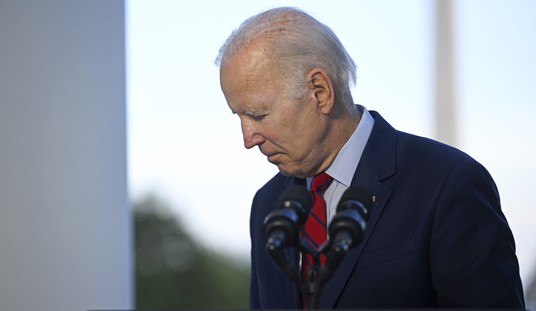Years ago when I was working on my doctorate, I took a class on cost-benefit analysis. The purpose of that dismal calculus is to compare the efficiency of public policy interventions designed to extend life. At that time, the rule of thumb for the societal value of a “life-year” was approximately $50,000. Policies that saved a life-year for less than $50,000 were considered a good deal. Policies that cost more per life-year were not.
People themselves often make these trade-offs. Many willingly choose a riskier job because they either consider it more enjoyable or it compensates them in return for the increased risk. Say you’re a desk jockey at the Department of Motor Vehicles and you decide to train to become a fireman. For the sake of argument, let’s assume firemen have a 10 percent greater chance of dying on the job each year compared to DMV employees, but firemen’s annual pay is $5,000 more. In this example, you would willingly take a riskier job for the equivalent of $50,000 per life year saved ($5,000/.10).
You can take these comparisons as far as you like. For instance, you could calculate the statistical likelihood of death from slipping on a banana peel and the cost of regulations to make banana peels safer. Should a slip-resistant coating be applied to bananas sold at grocers? Maybe a mandatory safety harness attached to the banana stem and tied to consumers’ belts would prevent peels from ever reaching the floor. Are kids more likely to slip on banana peels? If it’s Grandma who’s slipping, the cost per year saved would be higher since seniors have fewer remaining years of life that could be saved. You could compare the cost for life-years saved for each intervention. But if you like bananas and worry about slipping on their peels you could apply your own coating or eat them while sitting down near a trash can. The choice is yours! But that’s not the case when government mandates a policy.
When crafting health and safety regulations that impose higher costs on others, government bureaucrats consistently assign a much higher value on human life-years than people themselves when making their own decisions. The reason for this is that government mandates are always paid for with other peoples’ money (OPM). For those unfamiliar with the topic, OPM is often assumed to come from the same tree from which Obama and his supporters derive all the free stuff he promises to give us. OPM is the magic pixie dust that makes politicians’ big promises possible.
Consider health care. A 2014 study of mandatory health coverage in Massachusetts estimated the law saved a life-year at a cost to state residents of between $4 million to $5 million for each year saved. The dollar amount is undoubtedly higher now, but many experts assume Obamacare has a similar societal cost per life-year saved. Supporters believe that statistical lives theoretically extended at $5 million per year is a bargain, because it’s mostly paid for with OPM.
Recommended
Obamacare achieves (or fails to achieve) most of its goals using OPM. The premiums for exchange plans don’t reflect actuarial risk; the premium subsidies for moderate-income folks; cost-sharing subsidies and the plethora of mandated benefits and costly regulations all rely on a hefty dose of OPM.
The problem is: OPM doesn’t actually grow on trees. It comes from other peoples’ wallets! For example, last December an insurance agent informed my wife she would have to cough up $6,000 annually for a health plan with a $6,750 deductible. That was the best deal she could get. Yet, she would have to pay the entirety of her medical bills out of pocket because the likelihood of her surpassing a deductible that high is pretty close to zero. Let me explain it in simpler terms: a health plan with a $6,750 deductible would protect her against catastrophic illness so unlikely to occur that it renders coverage statistically worthless.
Why does Obamacare want her and millions of people to pay $6,000 for nearly-worthless health coverage? Because Obamacare needs OPM to prop up the insurance market that was destabilized… by Obamacare. Why were her premiums going to be so high, she asked? Because her insurer was forced to spend about $400 million more on Obamacare enrollees than it took in from their premiums the year before. My wife and I were both covered by similar plans with the same insurer last year. If Obamacare is going to be able to continue providing nearly-worthless coverage in Texas, it needs millions of people like us to continue throwing $6,000 a year down the Obamacare rat hole.
Increasingly, people are beginning to balk. The current system is unsustainable. Sooner or later, it will run out of other peoples’ money. Premiums of $1,000 a month for a family of two (plus one dog who is technically uninsured) is equal to the payments on many couples’ two cars, a month’s rent, or nearly a mortgage payment for many families. A better way to reform health care is to allow Americans to buy an affordable plan that meets their needs. It will also require better solutions to provide more efficient care to America’s sickest residents.


